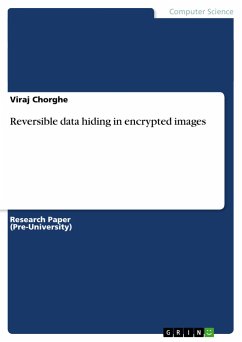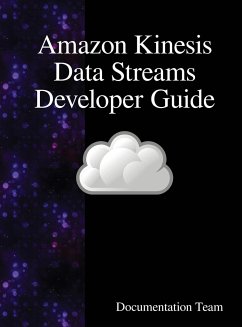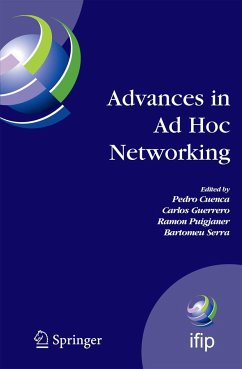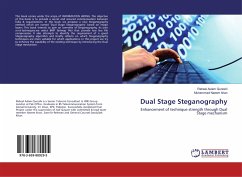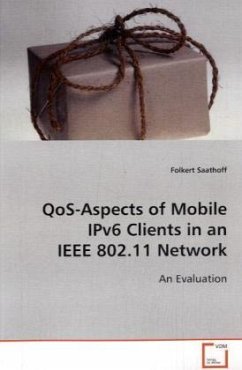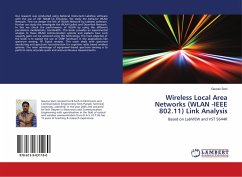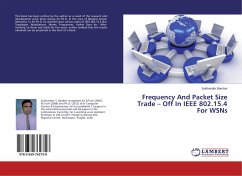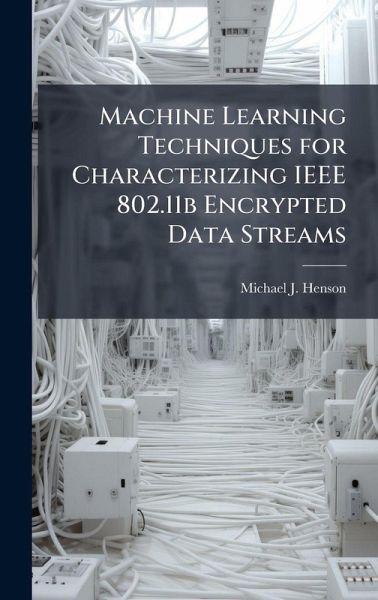
Machine Learning Techniques for Characterizing IEEE 802.11b Encrypted Data Streams
Versandkostenfrei!
Versandfertig in über 4 Wochen
28,99 €
inkl. MwSt.
Weitere Ausgaben:

PAYBACK Punkte
14 °P sammeln!
As wireless networks become an increasingly common part of the infrastructure in industrialized nations, the vulnerabilities of this technology need to be evaluated. Even though there have been major advancements in encryption technology, security protocols and packet header obfuscation techniques, other distinguishing characteristics do exist in wireless network traffic. These characteristics include packet size, signal strength, channel utilization and others. Using these characteristics, windows of size 11, 31, and 51 packets are collected and machine learning (ML) techniques are trained to...
As wireless networks become an increasingly common part of the infrastructure in industrialized nations, the vulnerabilities of this technology need to be evaluated. Even though there have been major advancements in encryption technology, security protocols and packet header obfuscation techniques, other distinguishing characteristics do exist in wireless network traffic. These characteristics include packet size, signal strength, channel utilization and others. Using these characteristics, windows of size 11, 31, and 51 packets are collected and machine learning (ML) techniques are trained to classify applications accessing the 802.11b wireless channel. The four applications used for this study included E-Mail, FTP, HTTP, and Print. This work has been selected by scholars as being culturally important, and is part of the knowledge base of civilization as we know it. This work was reproduced from the original artifact, and remains as true to the original work as possible. Therefore, you will see the original copyright references, library stamps (as most of these works have been housed in our most important libraries around the world), and other notations in the work. This work is in the public domain in the United States of America, and possibly other nations. Within the United States, you may freely copy and distribute this work, as no entity (individual or corporate) has a copyright on the body of the work. As a reproduction of a historical artifact, this work may contain missing or blurred pages, poor pictures, errant marks, etc. Scholars believe, and we concur, that this work is important enough to be preserved, reproduced, and made generally available to the public. We appreciate your support of the preservation process, and thank you for being an important part of keeping this knowledge alive and relevant.



